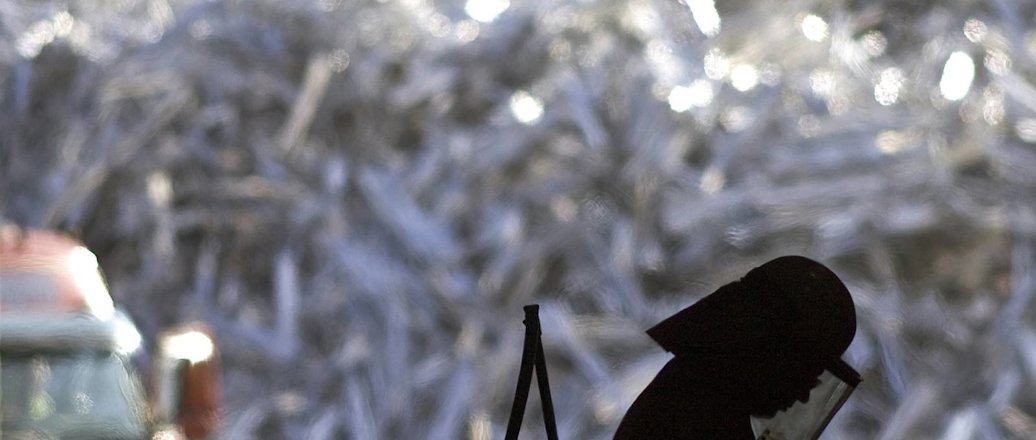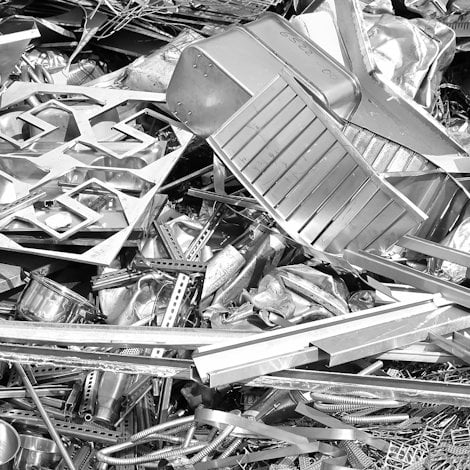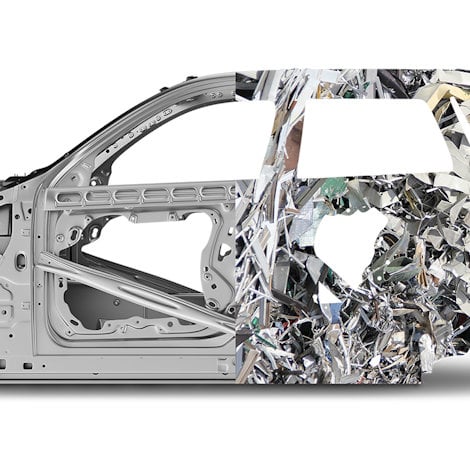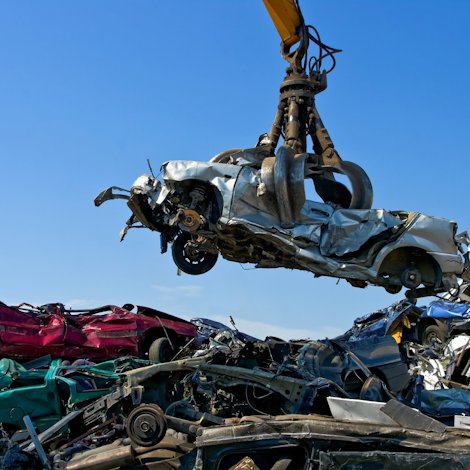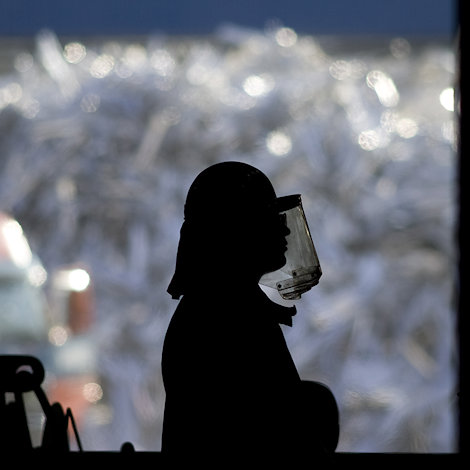Wanted: Old metal for new products
Remelting an aluminium product that has ended its service contributes to sustainability. But what about remelting process scrap? How does this scrap affect the carbon footprint?
One of our best arguments for aluminium is its good recycling properties. Aluminium can in principle be remelted and reused forever, and only 5 percent of the energy is needed for remelting compared to that of primary aluminium production. And 75 percent of all aluminium produced in history is still in use.
Post-consumer aluminium scrap and process scrap
We use both process scrap and post-consumer scrap as sources in secondary aluminium production. Recycling post-consumer scrap is terrific when it comes to reducing the carbon footprint of the product, because this is metal that has already been used for a product lifetime.
But what about aluminium process scrap? Is it better for the carbon footprint of a new product to remelt and use left-over scrap from production, rather than using primary aluminium?
The answer is no, it is not. When you remelt metal that is waste from a production process such as extrusion – metal that has not yet been used in a product – you increase the footprint of the metal, compared to the original metal. This is due to the additional transportation, handling and remelting processes.
On the other hand, remelting and reusing the aluminium is a far better alternative than throwing it away. I would like to add that plants with wall-to-wall casthouses can remelt scrap quite efficiently, helping carbon footprint.
What is process scrap?
The generation of process scrap starts in the casthouse, with aluminium that does not meet customer specifications and which is not delivered to them. Scrap also comes from:
- Handling damages that occur during transport
- Edge trim, start-up material and process from production
- Clippings, stampings and various trims in the production of the final consumer product
In an ideal world, there would be zero process scrap, but even in the best casthouses, extrusion plants and rolling mills, the total amount of process scrap is significant.
How to reduce process scrap
Reducing the amount of process scrap is something all metal processors need to do. This will be their most important contribution to sustainability.
We can reduce process scrap by:
- Working on sorting technology to better sort different alloys
- Improving furnace practice to reduce dross generation
- Handling contaminants efficiently
- Improving the work processes in our casthouses, rolling mills and extrusion plants.
More post-consumer aluminium scrap
As an industrial player, we are working to increase the usage of post-consumer scrap. We encourage consumers and industry to help ensure we can design and construct products for recycling.
But as I said, as long as process scrap is generated, it makes sense to remelt and reuse this metal, to make our aluminium as green as possible. The alternative is to throw it away. And that is not a good alternative.

